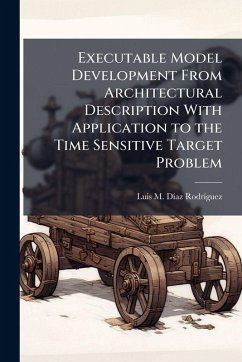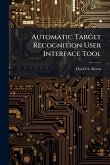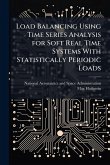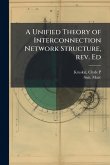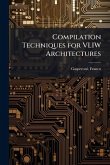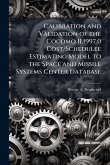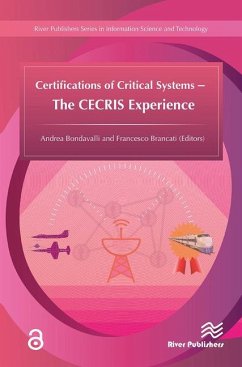As the Department of Defense (DoD) moves to a capability based approach for requirements definition and system development, it has become necessary to conceptualize and evaluate our needs at the System of System (SoS) level. Desired capabilities are often achievable only through seamless integration of many different systems. As the classical system engineering approaches are not suited to effectively handle the complexity of SoS level concepts, an architectures-driven approach has emerged as a way of defining and evaluating these new concepts. While the use of architectures for documenting and tracking interfaces and interoperability concerns is generally understood, architectural analysis and the use of executable models for evaluation of architectures remain an open area of research. With this purpose in mind, this thesis will apply architectural-based analysis to the proposed Time Sensitive Effect Operation (TSEO2012) scenario. This scenario will become the baseline for architectural analysis, and an excursion to this baseline will add a Weapon Born Battle Damage Assessment (WBBDA) capability. By creating an executable model, the two architectural concepts can be compared against each other. The addition of a WBBDA capability to the TSEO architecture improves the efficiency of the time sensitive target operations by shortening the decision cycle for target re-strike. While this effort was successful in obtaining an executable model directly from the architecture description, it highlighted the importance of having sufficient and correct information contained in the architecture products. This work has been selected by scholars as being culturally important, and is part of the knowledge base of civilization as we know it. This work was reproduced from the original artifact, and remains as true to the original work as possible. Therefore, you will see the original copyright references, library stamps (as most of these works have been housed in our most important libraries around the world), and other notations in the work. This work is in the public domain in the United States of America, and possibly other nations. Within the United States, you may freely copy and distribute this work, as no entity (individual or corporate) has a copyright on the body of the work. As a reproduction of a historical artifact, this work may contain missing or blurred pages, poor pictures, errant marks, etc. Scholars believe, and we concur, that this work is important enough to be preserved, reproduced, and made generally available to the public. We appreciate your support of the preservation process, and thank you for being an important part of keeping this knowledge alive and relevant.
Bitte wählen Sie Ihr Anliegen aus.
Rechnungen
Retourenschein anfordern
Bestellstatus
Storno

